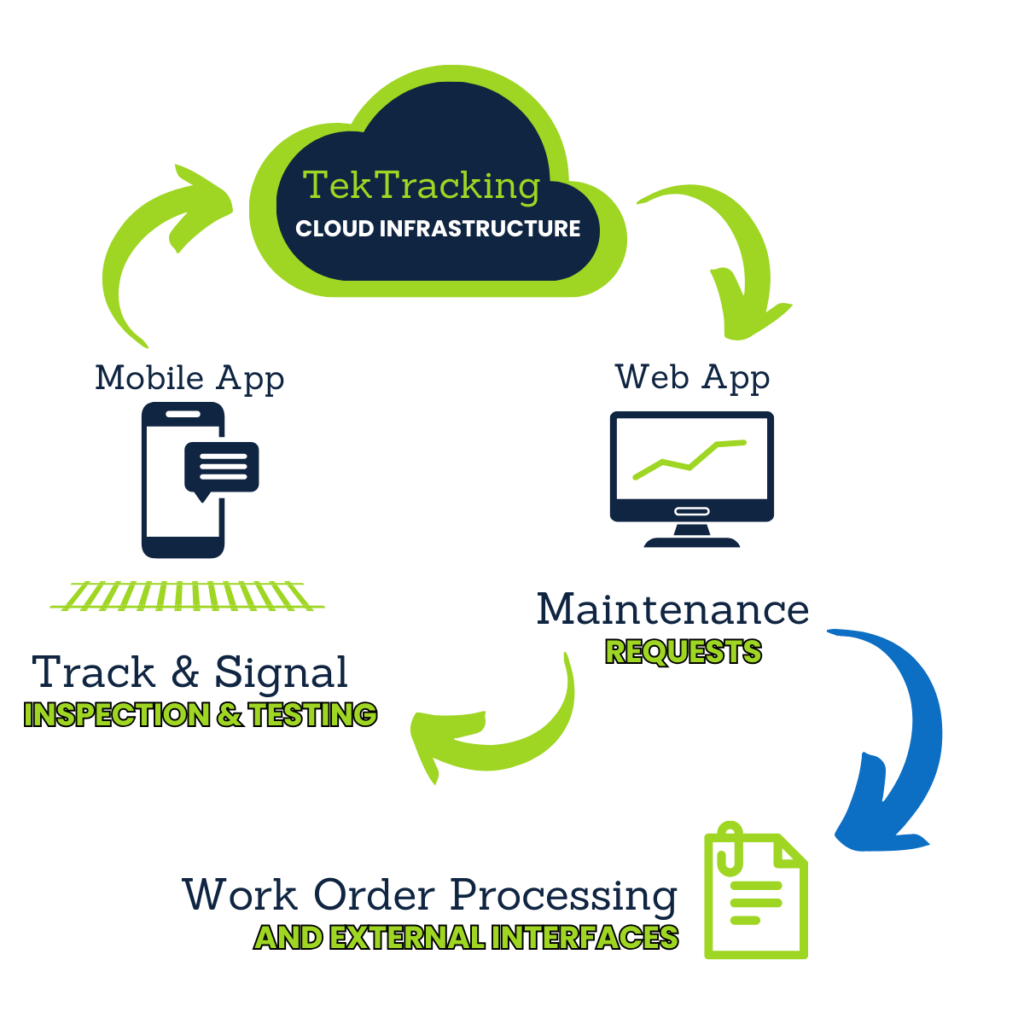Chief engineers and engineering officers in the railroad industry oversee the intricate systems powering North America’s transportation networks. Their primary objective is to guarantee the secure and smooth transit of passengers and goods across expansive railroad networks. Each day, these engineering experts confront numerous challenges that demand creative solutions and effective leadership in problem-solving. Through regular interaction with these leaders, we have identified the four most prevalent challenges they face: Aging Infrastructure, Technological Integration, Organizational Silos, Regulatory Compliance.
- Aging Infrastructure:
Railroads in North America boast a deep-rooted history, tracing back to the early 19th century. The establishment dates of specific railroads vary significantly, ranging from the early 1800s to much later periods. This results in North America’s railroad infrastructure comprising a diverse blend of both vintage, well-established lines and newer, contemporary networks.
A recurring challenge for engineering teams lies in striking a balance between operational efficiency and maintaining infrastructure integrity. Continuous upkeep and enhancements are imperative for the safety and effectiveness of tracks, bridges, and tunnels. Access to comprehensive data regarding infrastructure health is pivotal for gaining insights into the condition of railroad assets. This not only prompts immediate action but also facilitates long-term strategic planning for capital investments.
- Technological Integration:
The Rail industry in North America is continuously adopting new technologies, from PTC (positive train control) systems for enforcement of speed restrictions and management of train movements, to advanced signaling, automation, and data analytics, for enhancement of infrastructure safety.
Integrating these technologies into existing infrastructure presents challenges for engineers. They must navigate complex systems, ensure compatibility, and train personnel to use new technologies effectively. It is essential that Railroads select the most competent and flexible partners in these endeavors, at TekTracking our team is dedicated to the Rail Industry and with some of the brightest minds on our team we have successfully integrated our rail focused asset management applications with larger EAM systems.
- Organizational Silos:
Railway operations can present intricate challenges, with numerous departments encountering their own unique hurdles. As the size of a railroad expands, so does the complexity of coordinating these departments and addressing their diverse needs. Frequently, there’s a disconnect or lack of communication between service-oriented departments, such as IT, and other functional units within the organization.
Often, well-meaning departments deploy broad technologies or solutions to automate or manage processes without fully grasping the intricacies of each department’s operations. This inevitably leads to conflicts, resulting in underutilized or abandoned solutions, squandering both resources and finances.
The responsibility of an engineering leader is to proactively identify these issues, fostering an environment where diverse perspectives are considered during the selection process. This approach aims to find comprehensive solutions that address the varied needs of all departments involved.
- Regulatory Compliance:
Regulatory compliance in the North American railroad industry is governed by a complex framework of federal and state regulations, as well as industry-specific standards. These regulations are designed to ensure safety, security, environmental protection, and fair business practices within the industry.

The FRA (Federal Railroad Administration) is the primary regulatory agency overseeing railroad safety in the United States. It sets and enforces safety standards, conducts inspections, and investigates accidents. The FRA regulates various aspects of railroad operations, including track maintenance, equipment safety, crew training, and operating practices.
Environmental Regulations: Railroads must comply with environmental regulations at both the federal and state levels. These regulations cover areas such as emissions control, hazardous materials transportation, spill prevention and response, and wildlife protection.
In the wake of security threats and terrorist attacks, the railroad industry is subject to security regulations aimed at protecting critical infrastructure and preventing acts of sabotage or terrorism. These regulations include measures such as background checks for employees, security training, and the implementation of security protocols for hazardous materials transportation.
Railroad labor relations are governed by the Railway Labor Act (RLA), which regulates collective bargaining, dispute resolution, and labor-management relations in the industry. Compliance with the RLA is essential for maintaining stable labor relations and avoiding disruptions to railroad operations.
As railroads adopt new technologies and innovative practices, they must ensure compliance with regulations governing their use.
In general, regulatory compliance is a critical aspect of operating in the North American railroad industry. Railroads must stay abreast of regulatory developments, maintain effective compliance programs, and work closely with regulatory agencies to ensure safe, secure, and environmentally responsible operations. Engineering leaders are constantly updated with new or amended regulations making it even more critical for them to align with Vendors and partners whose systems focus heavily on keeping the railroads in compliance.
Railroad engineering leaders face further challenges in maintaining and improving North America’s rail system, including labor issues, rising material costs, and the need to keep the infrastructure in good condition for the future. In response, TekTracking has developed two specialized mobile applications, TIMPS and SITE, designed to address the daily challenges of track and signal management. These are custom-built solutions, enable real-time productivity tracking and provide readily available data for expeditious repairs. Through innovation, collaboration and the right tools, North American engineers can overcome these challenges and create a safer, more efficient, and sustainable rail network for future generations.